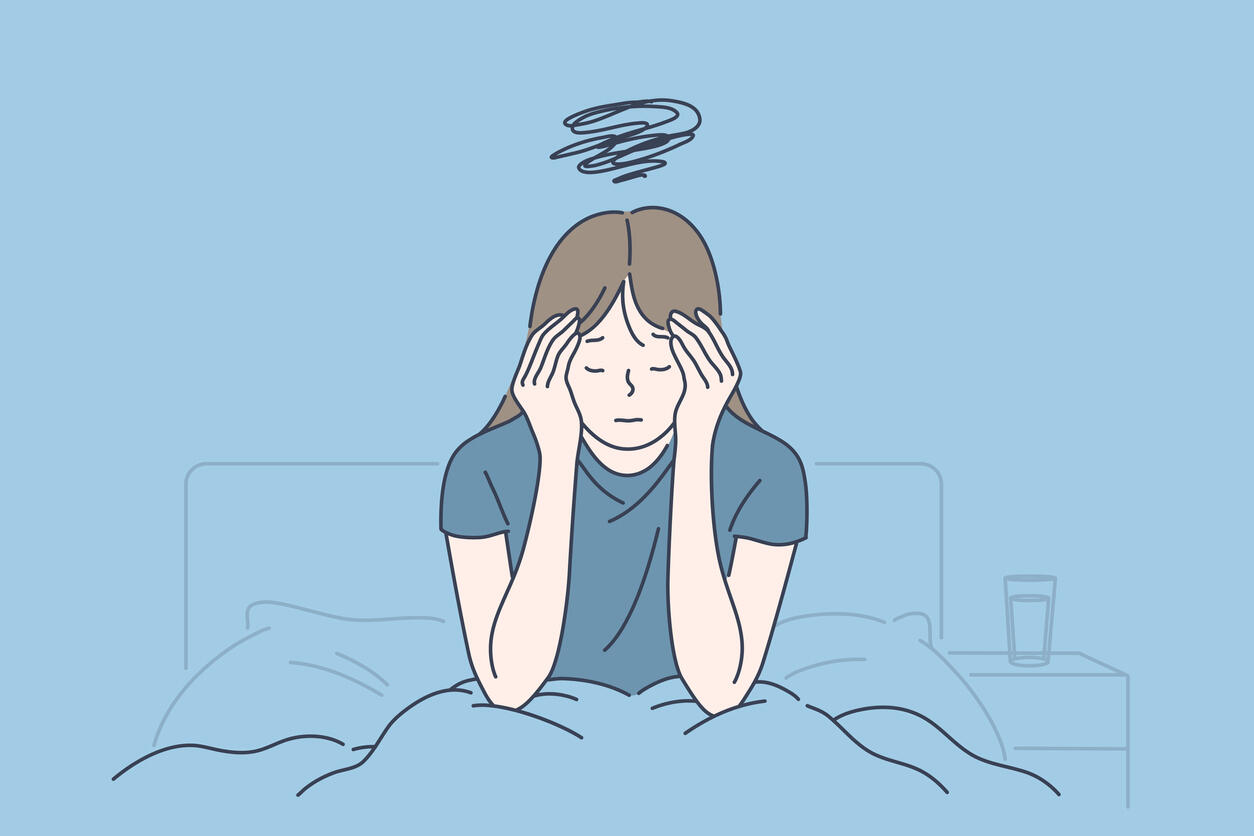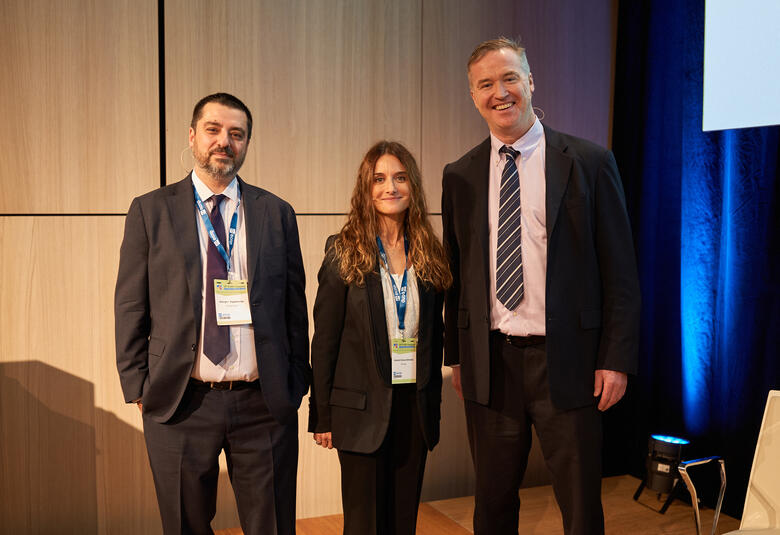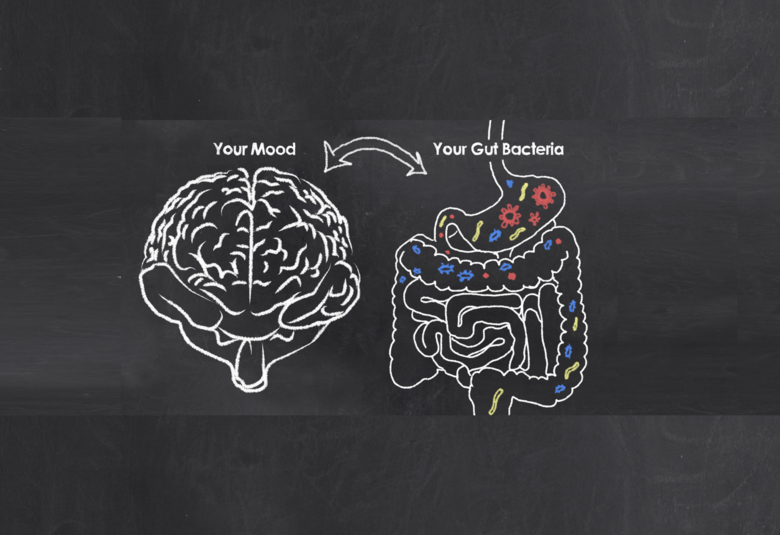In this session from the virtual Neurological Association of South Africa (NASA) congress, Dr Alison Bentley, a Sleep Disorders Opinion Leader, discussed homeostatic forces related to sleep, as well as the hormones which play a key factor in sleep. She examined vulnerable populations, as well as methods to treat sleep disorders.
As an introduction, she first explained how sleep occurs, which is dependent on four factors, namely the duration of time spent awake (homeostatic forces), the hours of sleep in the last episode, the length of time since awakening and the biological time of day.
She further went on to discuss the hormones which play a critical role in the sleep process.
Melatonin, a hormone released by the pineal gland, controls circadian rhythm. Melatonin is controlled by external factors of light and dark – levels of melatonin decrease when there is light and start to increase when there is darkness. The opposing hormone is cortisol and levels of cortisol start to increase with light and peak upon wakening indicating its role in wakefulness.
Certain groups of people are at an increased risk for Circadian Rhythm Sleep Disorders.
People at risk for sleep disorders include those who are flying across time zones, where they must sleep and wake up at times misaligned with their body clock, may take a few days to recover. Shift workers, who work during normal periods of sleep, and who need to sleep during normal periods of wakefulness are particularly susceptible. The elderly is another group which are at high risk for Circadian Rhythm Disorders. There is substantial evidence to show that melatonin production decreases below the effective level after the age of 55. Loss of melatonin may also be related to cataracts, weight gain or macular degeneration. Children with neurodevelopmental disorders - particularly autism spectrum disorders - all showed some abnormality in melatonin synthesis. There is evidence that in depression there is a major disruption in the sleep-wake systems, particularly in REM sleep. Finally, poor sleep in an ICU setting has been shown to increase the length of ICU stay and could result in long-term cognitive impairment.
Poor sleep and severe sleep disruption leads to a 30% increased risk for the development of delirium.
Insomnia is defined as the inability to get sufficient sleep to fulfil daily activities, and for a diagnosis there must be dysfunction related to sleepiness during the day.
Although it is a common belief that adults need eight hours of sleep every night, this is not ‘normal’ it is merely the ‘average’.
Insomnia can result from a variety of causes including medical disorders, medications, environmental disorders, restless leg syndrome, psychophysiological factors or a disruption in the circadian rhythm.
Treatment for these disorders involves examining the two basic forces – circadian rhythm and homeostatic forces and looking at the two circadian forces of melatonin and light exposure. Pro sleep behaviours should be encouraged – there should be a set bedtime, a wind-down of activities prior to bedtime and sleep should take place at an appropriate time. To correct the timing of sleep, melatonin can be given two hours before bed, and the person should be exposed to light in the morning.
Sleep is essential for physical and mental wellbeing, and sleep disorders are complex, with many potential contributing causes, all of which need to be examined and investigated by the practitioner. Good sleep hygiene should be recommended irrespective.
Our correspondent’s highlights from the symposium are meant as a fair representation of the scientific content presented. The views and opinions expressed on this page do not necessarily reflect those of Lundbeck.




